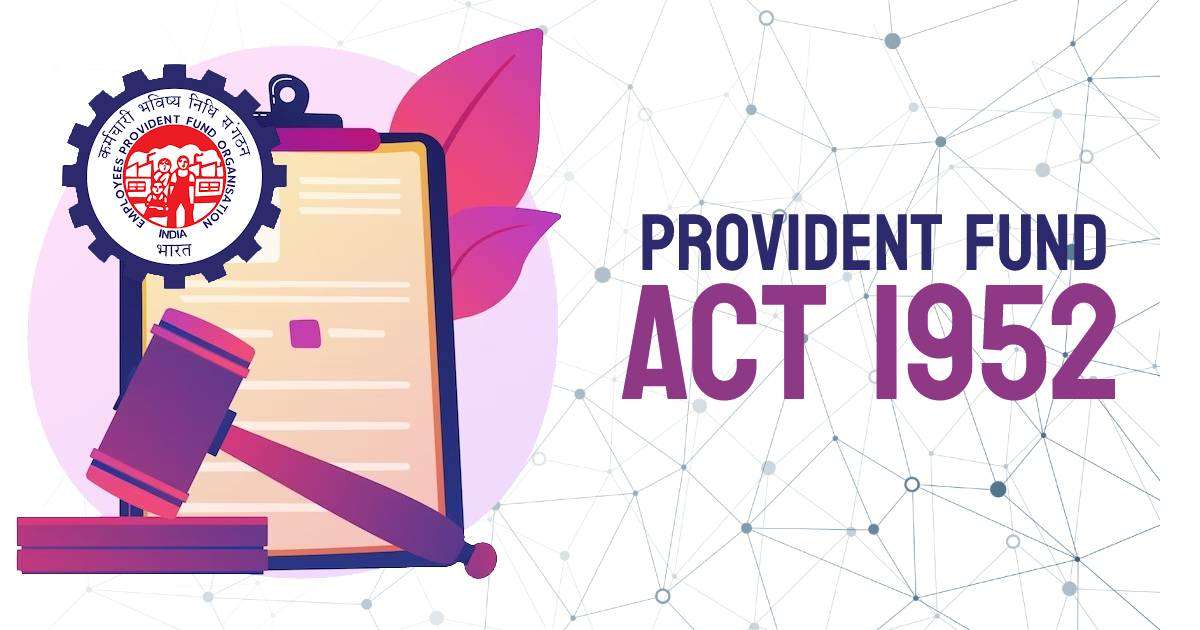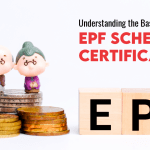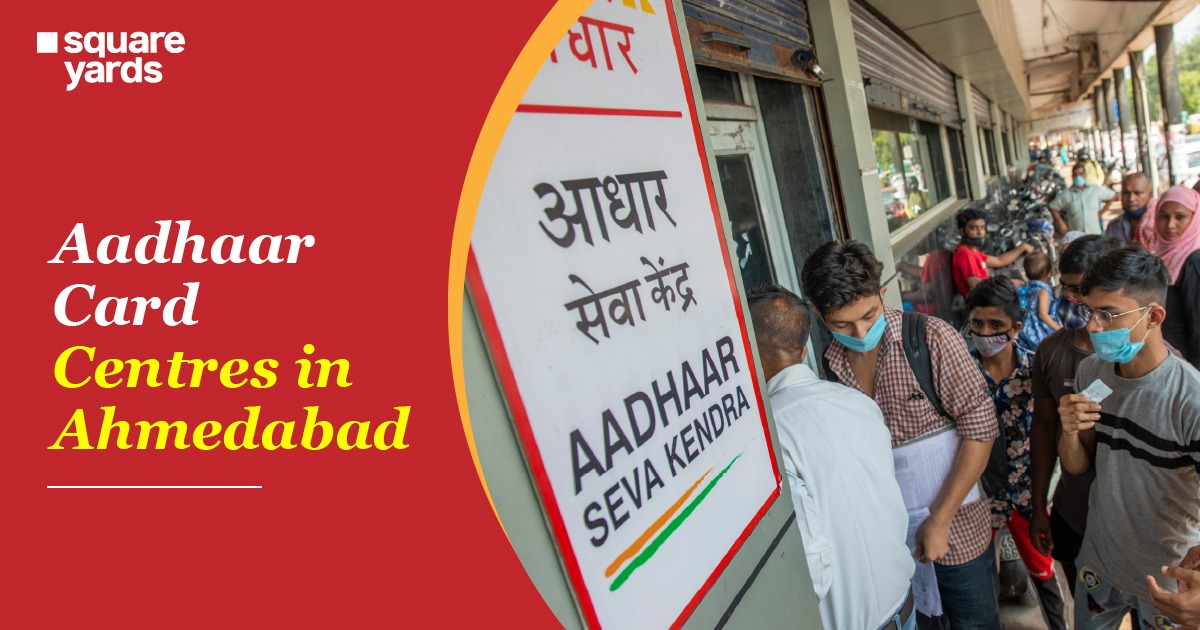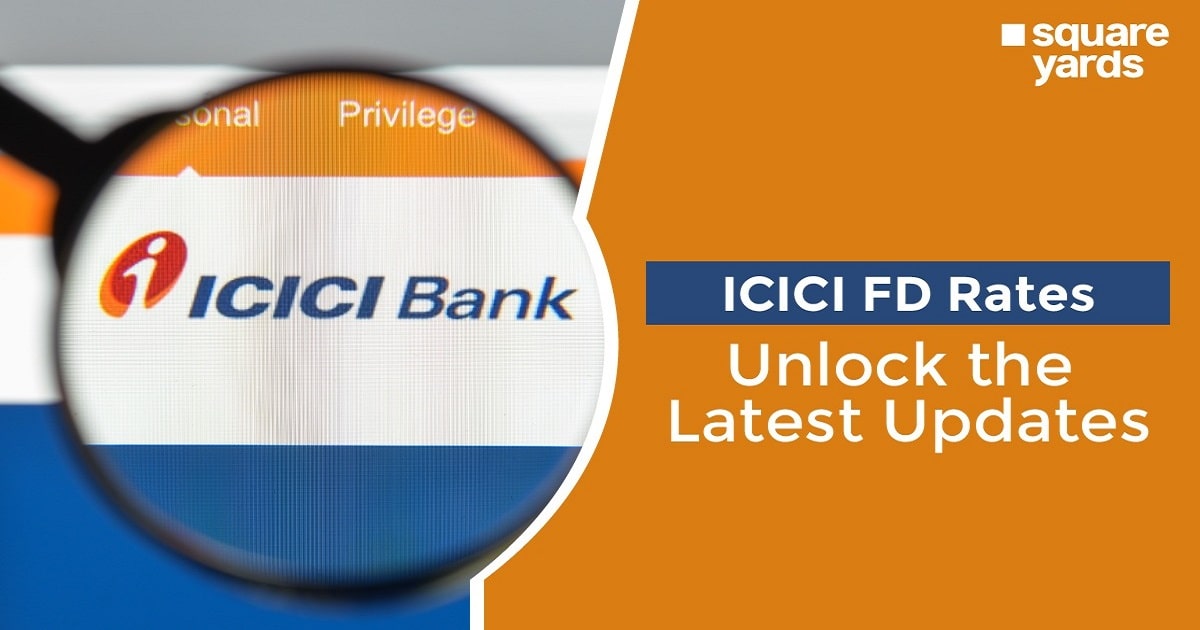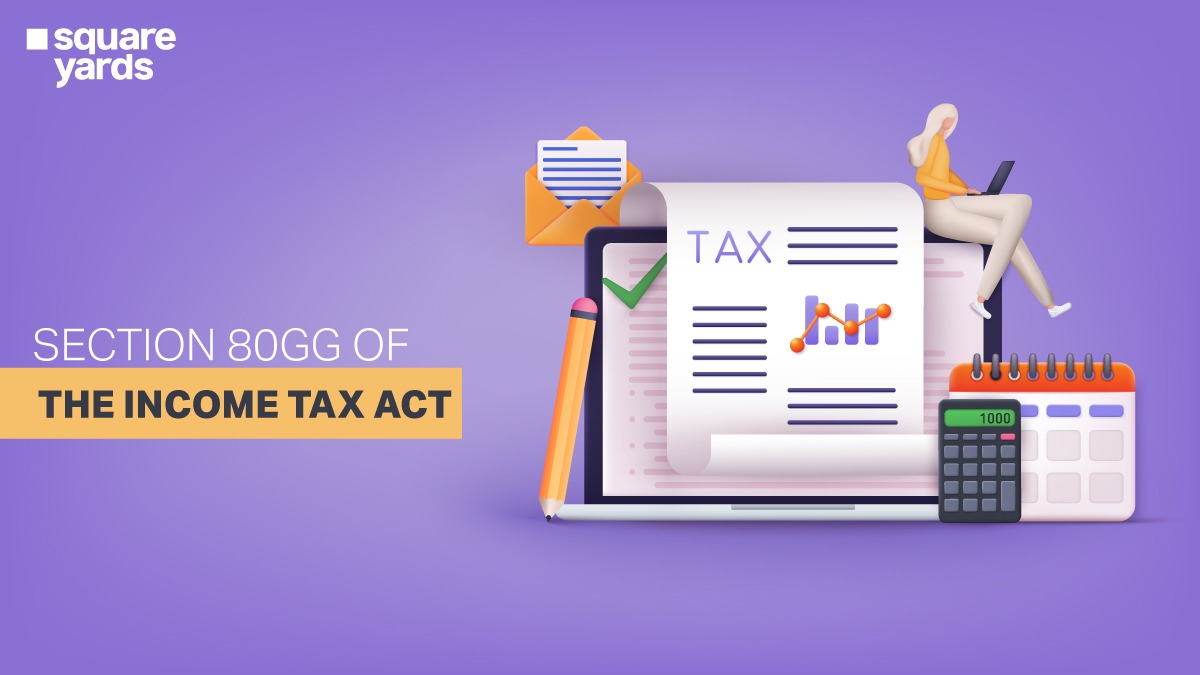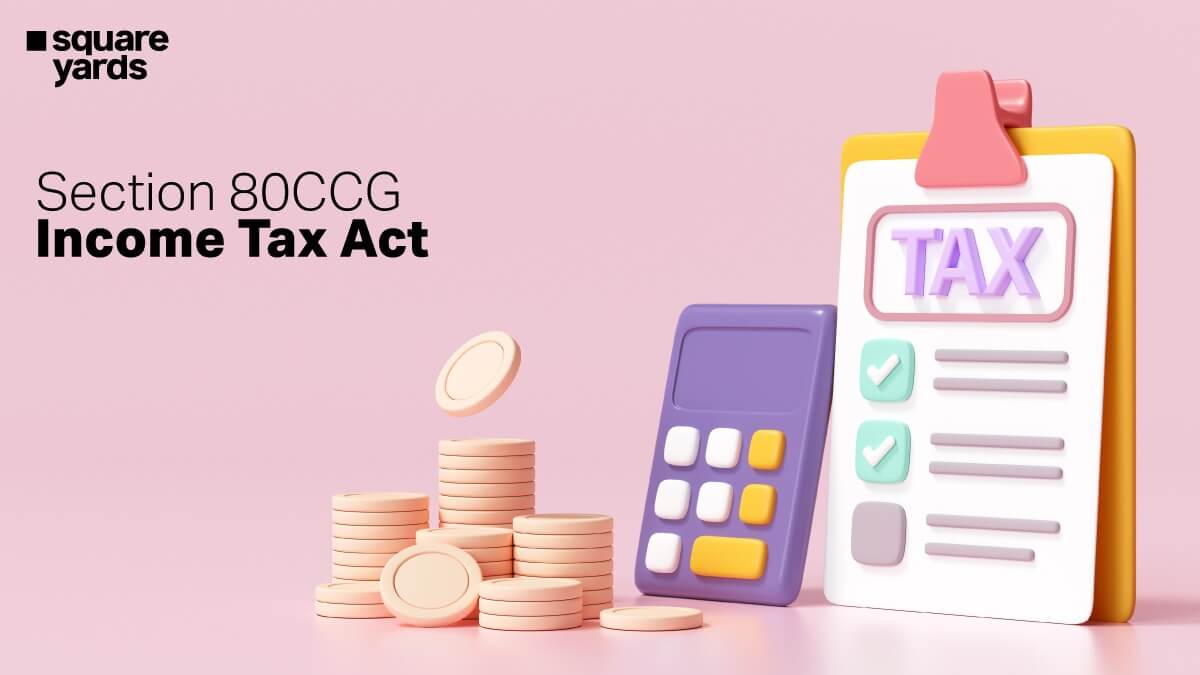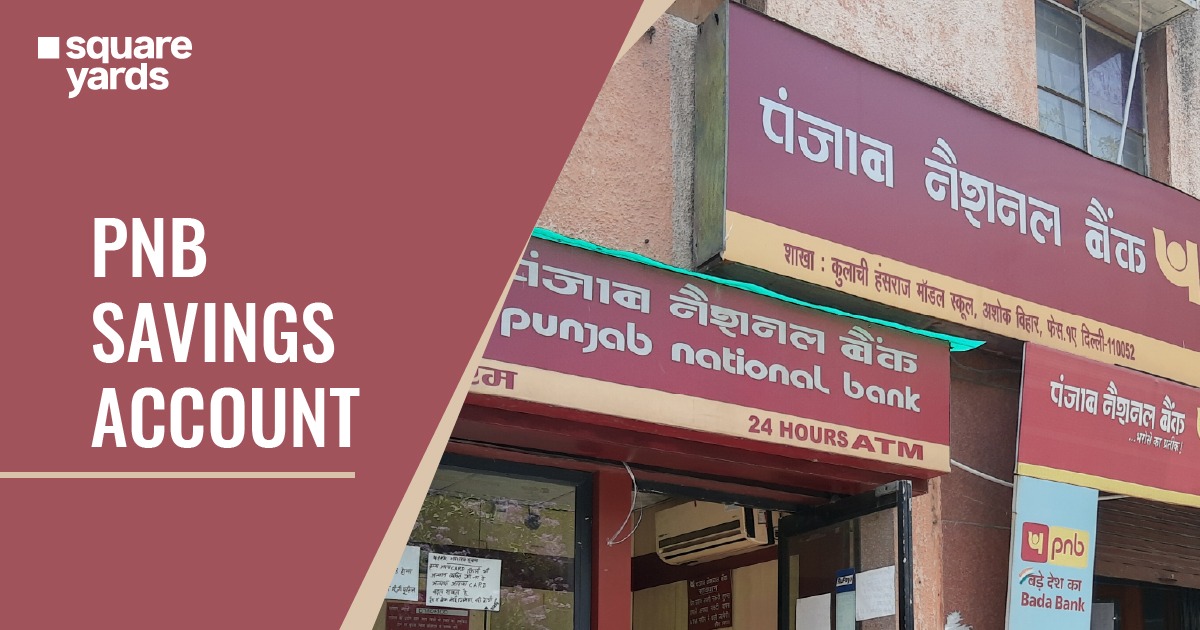The Provident Fund Act in India is also known as the Employees’ Provident Funds and Miscellaneous Provisions Act 1952. Social security legislation aims to provide a compulsory savings scheme to benefit employees in factories and other establishments. The PF Act covers employees earning up to Rs. 15,000 per month across three primary schemes: the Employees’ Provident Fund Scheme, the Employees’ Pension Scheme and the Employees’ Deposit-linked Insurance Scheme. Under these schemes, employers can contribute a certain percentage of the employee’s basic wages to a common fund as a saving.
A statutory body administers the Employees’ Provident Fund Organisation (EPFO) fund, which invests the money and pays interest to the investors. The members can withdraw their accumulated balance at retirement, resignation, death or disability. The EPF Act also provides penalties for non-compliance by employers, such as non-payment or delayed payment of contributions, non-filing of returns, non-cooperation with inspectors, etc. It empowers the EPFO to recover dues from employers by various modes, such as attachment of property, arrest and detention, etc. The PF Act aims to promote social and economic justice for workers and ensure their financial security after retirement.
Table of contents
Why was the Act Introduced in 1952?
The PF Act was introduced in 1952 to provide a compulsory savings scheme for factory workers and other establishments. This PF Act seeks to provide critical safety and timely financial assistance to industrial workers and their families when they need or have family or social responsibilities. It also aims to help them with their old age and disability to cover the early death of the sole earner, etc. The law also aimed to promote social and economic justice for workers and ensure their financial security after retirement. This law was passed on investing savings in industrial workers for their retirement future or for surviving dependents in the event of an early death. The law is one of India’s first social security laws and targets workers with an income of up to Rs 2 crore.
What are the Main Features of the PF Act?
Some of the features of the PF Act are as follows–
- It is intended for employees earning up to Rs.15,000 per month; it also offers three benefits: a defined contribution PF, pension benefits and insurance cover.
- Employers and employees must contribute a percentage of their base salary to a common fund administered by a statutory body called an employee provident fund organisation.
- Members can withdraw the accumulated balance under certain conditions upon retirement, retirement, death, disability, etc.
- It sanctions employer violations such as– Non-payment or delay of the membership fee, non-compliance with a declaration, non-compliance with inspectors, etc.
- This allows EPFO to collect contributions from employers in several ways, such as– seizure of property, arrest, detention, etc.
- Under certain circumstances, it also provides exceptions and simplifications for specific companies or groups of employees.
Eligibility of the PF Act
The eligibility of the PF Act is as follows:
For employees:
Any employee earning up to Rs. 15,000 monthly can join the PF scheme. Such employees must be enrolled by their employers.
Employees earning more than Rs. 15,000 per month can join the PF scheme with their employers’ consent and approval from the Assistant PF Commissioner.
For employers:
Any establishment that employs 20 or more persons is required to register for the PF scheme. Such establishments include factories and other establishments specified in Schedule I of the Act or notified by the Central Government.
Establishments employing less than 20 persons can also voluntarily register for the PF Act scheme. Some establishments or classes of employees may be exempted from the PF scheme under certain conditions and with the approval of the Central Government.
What are the Responsibilities of Employers under the PF Act?
Employers must register their establishments online with EPFO and update their details and documents. They have to enroll all eligible employees who earn up to Rs 15,000 as basic wages and deduct their share of the contribution from their salary.
Add their share of contribution, EDLI contribution, and administrative charges, and remit them to EPF along with prescribed returns by the 15th of every month. They have to generate UAN for new employees and upload their KYC information. And update family particulars and nomination of all EPF members employees is also necessary.
What are the Benefits Provided to Employees under the PF Act?
Following the rules and regulations of the PF Act can be beneficial for the employees; here is how–
Provident Fund: Employees can accumulate savings and interest and withdraw upon retirement, retirement, or death. Partial withdrawals can also be made for specific purposes such as building a home, education, marriage, or illness.
Pension: Employees aged 58 after ten years of service are entitled to a monthly pension. The pension amount depends on the average salary and total years of service. Disabled employees, survivors, widows and children of deceased employees are also entitled to pension benefits.
Deposit Linked Insurance: EPF and EPS enrolled employees are eligible for this scheme. In the event of an employee’s death in service, the beneficiary or beneficiary will receive a lump sum of up to Rs 70,000 as insurance benefits. Employers are required to contribute 0.5% of their gross salary in this system.
You May Also Like
Frequently Asked Questions
How is The PF Act Administered?
A board of trustees, EPFO and the Central Government administers the PF Act.
What Happens if an Employer Fails to Comply with the PF Act?
In cases where the employer fails to comply with the PF Act, they can face imprisonment or a hefty fine.
Can an Employee Withdraw their PF Amount Before Retirement?
Employees can withdraw their PF before retirement in medical emergencies, marriage or housing.
Can Employees Contribute more Than The Mandated Amount to Their PF Account?
Yes, they can do so under Voluntary Provident Fund Scheme.
How is The Interest on PF Calculated Under The PF Act?
The amount in PF is deposited by the organisation monthly and calculated yearly.


